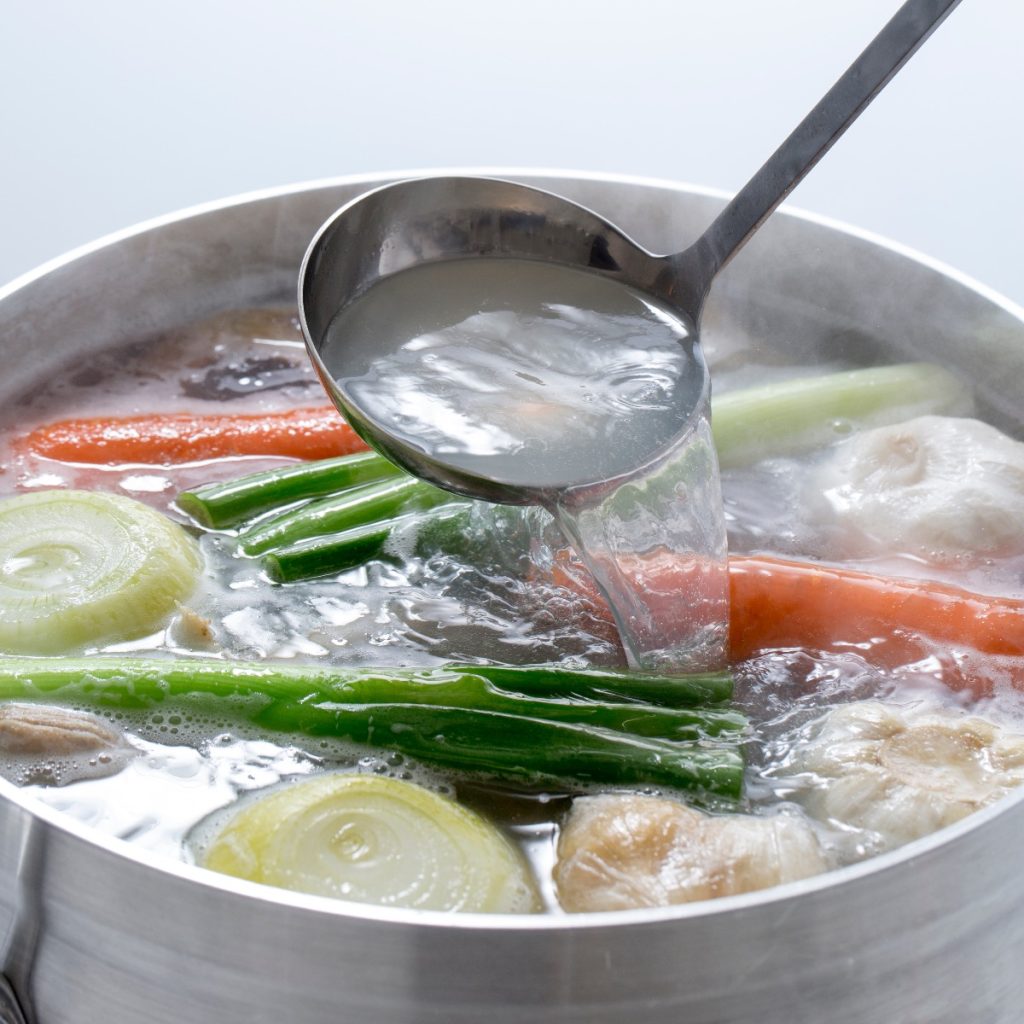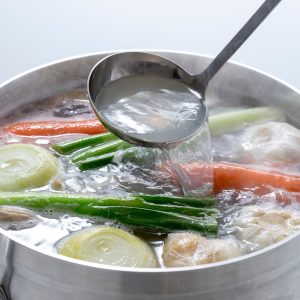“Is it boiling yet?”
Nope—just simmering. That’s precisely where the magic happens.
Simmering might sound simple, but it’s one of the most overlooked techniques in home cooking. Mastering it unlocks tender meats, rich sauces, and perfectly cooked grains—all without the chaos of a rolling boil or the sluggish pace of a low heat. If you’ve ever scorched a stew, turned rice to mush, or dried out your chicken, chances are you missed the sweet spot: the simmer.
In this post, I’ll break down exactly what simmering is, why it matters, and how to spot it every time. You’ll learn how to hold the perfect temperature, adjust your flame like a pro, and know when to put the lid on—or leave it off. Whether you’re making a silky soup, braising short ribs, or finishing a tomato sauce, simmering is your quiet kitchen hero.
So step away from the full boil, and let’s dial it down. Because when you simmer right, your food doesn’t just cook—it transforms.
What Is Simmering?
Simmering picks up where poaching leaves off. The simmering liquid should be at a temperature between 190°F – 205°F (88°C – 96°C).
While poaching is a relatively long cooking process for delicate foods, simmering is usually a very long cooking process designed to a) break down the connective tissue in tough, fatty meats and b) concentrate flavors through reduction.
Braises and stews are cooked at a simmer for both of those reasons. Aside from the temperature difference, the primary difference between poaching and simmering is that the simmering liquid is generally served as a sauce for the food being simmered.
Beef stew isn’t beef stew without the gravy.
Again, rather than taking the temperature of the simmering liquid, it is best to know what signs to look for.
- Steam will rise rapidly from the simmering liquid.
- Small bubbles will rise from the bottom of the pan, breaking the surface.
- Bubbling will not be vigorous but will be constant.
The types of foods that lend themselves well to simmering include but are not limited to dried beans, tough meats containing a lot of connective tissue, and certain cruciferous vegetables, such as cabbage, kohlrabi, all sorts of hearty greens, Brussels sprouts, and bok choy.
Since simmering is generally used to cook heartier foods than eggs and fish, there are fewer mistakes to consider.
Take It Easy and Watch the Heat
When simmering, make sure that you keep the liquid at a simmer. That sounds pretty simplistic, but remember what you’re looking for a gentle bubbling. If the bubbling is vigorous, you know you have overshot simmer and gone on to boiling. Turn the burner down so you have lazily bursting bubbles.
To be more precise, don’t be afraid to use the oven when simmering. Bring your cooking liquid to a boil on the stove, then put it in a 210°F (99°C) to let it simmer away until done.
Especially when simmering tough meats, be certain to allow the meat to cool in the cooking liquid. That way, the muscle fibers can gradually reabsorb the liquid. If you cool the meat separately from the liquid, the meat will dry out as it cools.
Lid On or Lid Off?
Whether to put the lid on while simmering depends on what you’re cooking and what result you want:
Put the lid on when you want to:
Retain moisture – For dishes like soups, stews, braises, or anything you want to stay juicy, keeping the lid on traps steam and prevents the liquid from evaporating too quickly.
Keep the temperature steady – Lids help maintain a consistent simmer, especially on lower heats or when you’re cooking over a long time.
Cook grains or legumes – Dishes like rice, lentils, or beans simmer better covered to ensure even cooking and moisture retention.
Leave the lid off when you want to:
Reduce the liquid – If you’re thickening a sauce, stew, or soup, remove the lid to let water evaporate.
Control the heat – If things are simmering too hard, taking off the lid can help cool it slightly and slow it down.
Maintain clarity – In clear broths or stocks, simmering uncovered helps prevent cloudiness caused by trapped steam and rising impurities.
Pro Tip:
Sometimes, a partially covered pot is best—great for balancing evaporation while keeping splashes in check.
In short: lid on to keep it in, lid off to let it out.
Pro Tips for Simmering
Control the heat, not just the bubbles
Simmering happens around 185°F to 205°F (85°C to 96°C)—just below boiling. You should see gentle, occasional bubbles rising, not a rolling boil.
Use the lowest flame that maintains this movement. A high simmer can overcook or dry out food.
Watch and adjust
Stoves vary, so visual cues matter more than temperature dials. If the liquid starts to boil rapidly, turn it down. If it goes completely still, nudge it up slightly.
Gas stoves often give better fine control than electric.
Season in stages
Simmering concentrates flavors. If you salt too early, it may become too strong by the end. Add salt gradually, especially in long-simmered dishes.




